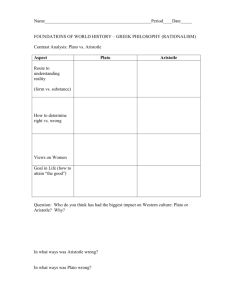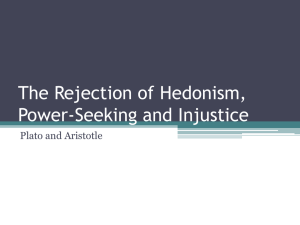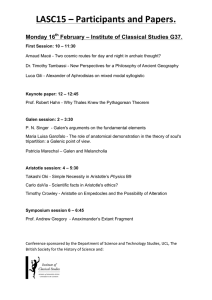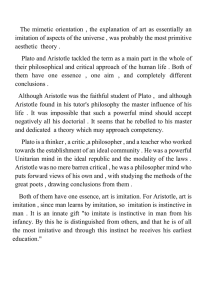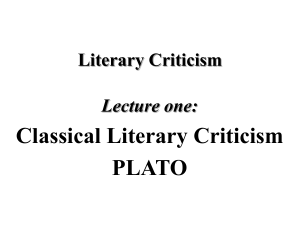BASIC APPROACHES TO LITERARY INTERPRETATION I. The Theory of Imitation
advertisement
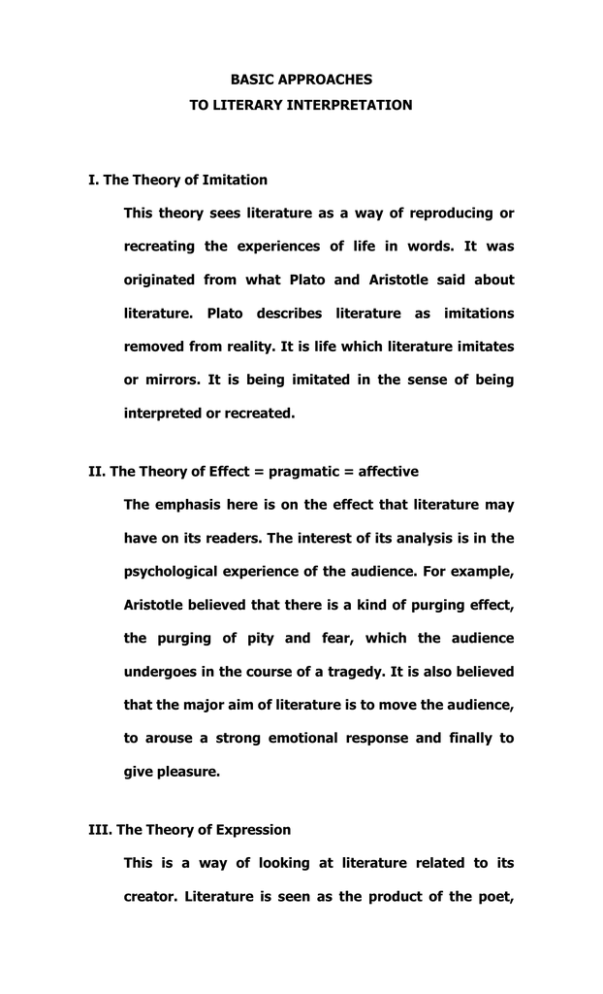
BASIC APPROACHES TO LITERARY INTERPRETATION I. The Theory of Imitation This theory sees literature as a way of reproducing or recreating the experiences of life in words. It was originated from what Plato and Aristotle said about literature. Plato describes literature as imitations removed from reality. It is life which literature imitates or mirrors. It is being imitated in the sense of being interpreted or recreated. II. The Theory of Effect = pragmatic = affective The emphasis here is on the effect that literature may have on its readers. The interest of its analysis is in the psychological experience of the audience. For example, Aristotle believed that there is a kind of purging effect, the purging of pity and fear, which the audience undergoes in the course of a tragedy. It is also believed that the major aim of literature is to move the audience, to arouse a strong emotional response and finally to give pleasure. III. The Theory of Expression This is a way of looking at literature related to its creator. Literature is seen as the product of the poet, dramatist, or novelist. The theory focuses on the psychology of the artist. We may analyze the background of the writer, his feeling and way of thinking related to the work. IV. The Idea of Fictionality It suggests analyzing what happens within a literary work. It is believed that the characters in literary works are not moving in the real world but in a fictional world of their own. This concept is a useful way of distinguishing literature from actuality and the real world of experience. V. The Idea of Structure The concept is that a piece of literature is to be regarded as a structure. Many components in it are interrelated in such a way that the whole is greater than its parts. This makes us aware of the unity or integrity of each work.


